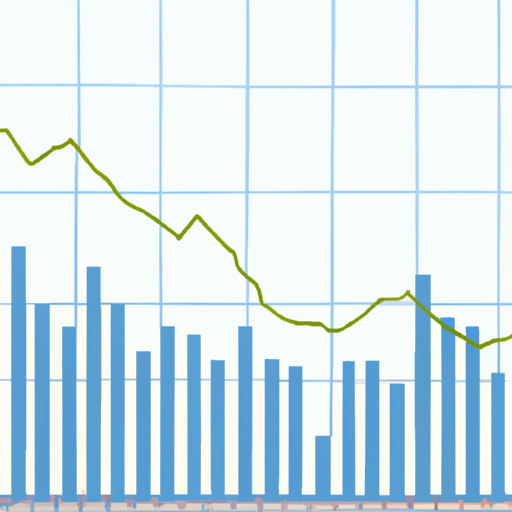Is the US Banking Crisis Over? Assessing the Current State of the Banking Sector
The US banking crisis earlier this year sparked concerns about the stability of the global banking system. Several mid-sized US banks collapsed in quick succession, causing a ripple effect that drove down bank share prices worldwide. To address the crisis, the Federal Reserve stepped in with financial support for the failed banks and created a lending facility for struggling institutions, which helped restore investor confidence and prevent immediate contagion.
However, it is still uncertain whether the banking crisis is truly over. With traders returning from their summer holidays, a time often associated with market upheaval, it is crucial to evaluate the current state of the banking sector and anticipate how events may unfold in the coming months.
One critical challenge facing banks is the persistent trend of central banks raising interest rates to counter sustained inflation. The Federal Reserve, for instance, hiked its key interest rate to as much as 5.5% in July, the highest level in 20 years. Such sharp rate increases can be detrimental to banks, especially when combined with the U-shaped movement in rates observed since the global financial crisis of 2007-2009.
Raising interest rates erodes the value of banks’ assets, increases borrowing costs, limits profitability, and heightens vulnerability to adverse events. Banks have struggled with low loan growth and high deposit costs, as more customers withdraw their money to seek higher interest rates elsewhere, such as money market funds. This has consequently forced banks to borrow more from the Fed at higher rates, contributing to the banking collapses witnessed earlier this year.
Additionally, credit rating downgrades by rating agencies have added further pressure to the banking sector. Fitch downgraded the US government debt rating in early August, citing concerns about the deterioration of public finances and the ongoing political disputes around the debt ceiling. Sovereign downgrades often impact banks’ creditworthiness, making it harder for them to borrow money from the markets or even from the Federal Reserve. This, in turn, reduces lending capacity, weakens capital buffers for bad debts, and affects overall profitability and share prices.
Despite these challenges, there are reasons for cautious optimism. Projections indicate that both interest rates and bank deposits are expected to stabilize in the coming months, providing some relief to the banking sector. Larger banks have reported improved margins due to higher interest charged on loans, and some anticipate a boost from increased deal-making in the latter part of the year. These positive signs could potentially contribute to greater stability across the board.
Comparatively, European banks have faced reduced deposits and net interest margins in recent years. The recovery of deposits and profit margins in the most recent quarters suggests improving conditions, as confirmed by stress tests conducted by the European Banking Authority, which concluded that large EU banks are robust. UK banks, however, appear to be in a slightly weaker position, with deposits yet to fully recover compared to their European counterparts. They have also adjusted profit forecasts in anticipation of further rate hikes by the Bank of England.
To strengthen the US banking sector, regulators plan to increase the minimum levels of capital required for large US banks with assets exceeding $100 billion. These initiatives aim to enhance banks’ ability to absorb losses, but their comprehensive implementation will take more than four years. It is worth noting that similar international banking regulations, such as the Basel II rules introduced in 2004, were unable to prevent the global financial crisis due to delayed implementation.
While efforts are underway to fortify the US banking system, it remains vulnerable to potential shocks within the financial system and broader calamities. More time and monitoring are necessary before confidently proclaiming that the worst is over. Investors and market participants should remain vigilant as uncertainties persist, and the banking sector continues to navigate through these challenging times.
In conclusion, although the immediate crisis may have been contained, the US banking sector still faces significant headwinds and uncertainties. Monitoring and proactive measures are crucial to ensure the sector’s stability, as well as to address ongoing challenges and potential future crises.






0 Comments